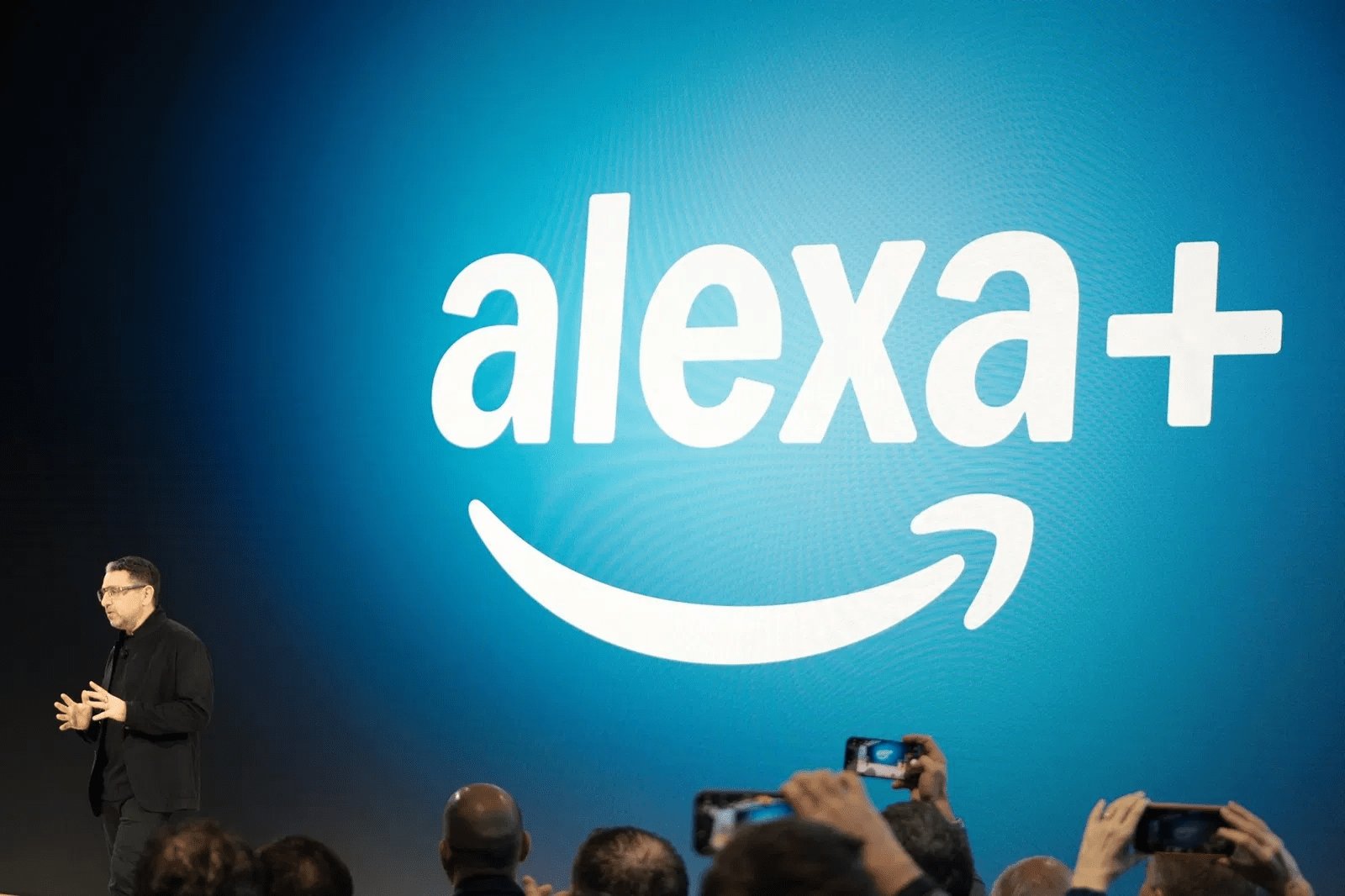ADHD medication abuse in schools is a 'wake-up call'

Title: ADHD Medication Abuse in Schools: A ‘Wake-Up Call’
In a shocking revelation, a new study has found that approximately one in four teens at some middle and high schools in the United States reported having abused prescription stimulants for attention deficit hyperactivity disorder (ADHD) in the year prior. This alarming trend has raised significant concerns about the misuse of prescription drugs among school-age children, warranting immediate attention from parents, educators, and healthcare professionals.
ADHD, a neurodevelopmental disorder, affects both adults and children, with symptoms including difficulty focusing, hyperactivity, and impulsiveness. Prescription stimulants like Ritalin and Adderall are often used to manage these symptoms, improving the quality of life for those diagnosed. However, the misuse of these drugs — particularly among teens who do not have ADHD — is an escalating problem.
The study, which was conducted across various middle and high schools, revealed that many adolescents are using these medications for non-medical purposes such as enhancing academic performance, losing weight, or recreationally for their euphoric effects. This behavior not only undermines the purpose of the medication but also exposes the abusers to serious health risks including addiction, cardiovascular problems, and in severe cases, death.
“This is a wake-up call for all stakeholders involved. We can no longer afford to turn a blind eye to the issue of prescription drug abuse in our schools,” said Dr. Jane Foster, a leading child psychiatrist and one of the authors of the study. “There is a pressing need for increased awareness, education, and preventive measures to address this growing problem.”
Indeed, the misuse of ADHD medication is a multifaceted issue. On one hand, it reflects a lack of understanding about the potential dangers of these drugs when used without a proper diagnosis or prescription. On the other, it highlights the immense academic and social pressures students face, leading them to seek out these medications as a perceived ‘quick fix.’
Stakeholders are now being urged to take a proactive approach in addressing this issue. This includes parents, who are encouraged to have open and honest conversations with their children about the risks associated with prescription drug abuse. Schools are also urged to implement comprehensive drug education programs that not only focus on illicit drugs but also on the dangers of misusing prescription medications.
Health care professionals also have a crucial role to play. They must be diligent in monitoring the use of these medications, ensuring they are being used correctly and not diverted for non-medical use. Additionally, they should consider utilizing non-stimulant treatment options or behavioral therapies when possible to minimize the risk of diversion.
The alarming findings of this study underscore the urgency of addressing this issue. “It’s time to remove the stigma around discussion of prescription drug abuse and start treating it as a public health crisis,” said Dr. Foster. “Our children’s health and futures are at stake.”
Despite the gravity of this situation, the study also offers a silver lining: by shedding light on the extent of ADHD medication abuse among teens, it paves the way for a more informed and concerted effort to tackle this problem. Through awareness, education, and stricter control measures, there is hope that this troubling trend can be curbed, safeguarding the wellbeing of our youth.
In conclusion, the misuse of ADHD medication among school-age children is a significant concern that requires immediate attention. By acting now, we can prevent the potential long-term consequences that these young individuals may face due to prescription drug abuse. This wake-up call should serve to galvanize all stakeholders into action, ensuring that our schools remain safe environments conducive to learning, growth, and overall wellbeing.








